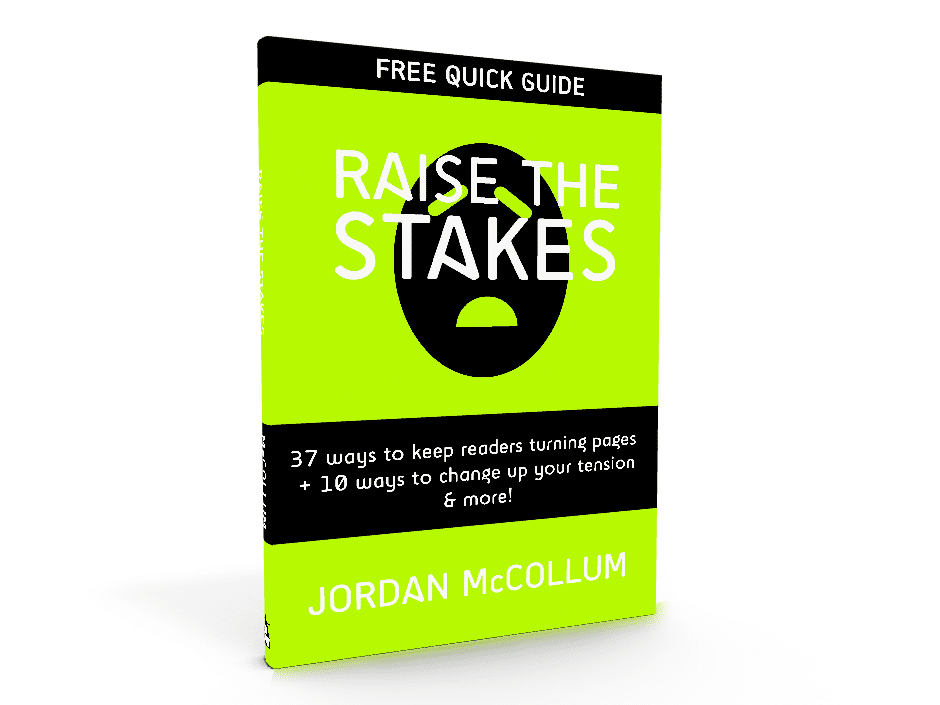So sight and even sound are the easy senses. We remember to include those all by ourselves usually. But then there’s this big gap where we almost completely neglect the other three senses. Most of us realize we don’t use taste and smell very often—but we rarely think about how often we use texture, touch and tactile senses.
And no, the character just touching stuff doesn’t count.
So much of our perception of the physical world comes from our physical interaction with it. Touch encompasses texture, pressure, temperature, weight, consistency and more. To really flesh out the physical world of the story, don’t forget touch!
- Close your eyes and put yourself in your character’s shoes in this scene. Not just emotionally—physically. (Ooh, suede.) What does s/he touch, pick up or handle in this space? How does it feel—rough/smooth, heavy/light, wet/dry, squishy/solid, hot/cold? Make a list of all these sensations, especially for anything of particular importance.
- Reverse engineer: think about textures that will evoke moods or character attributes. Close your eyes and imagine feeling happy/sad/ennui/etc.—just the feeling. What kind of materials and sensations do you want to surround yourself with? Keep a list, and look for ways to work those in.
- Link up with emotions: remember to tap into the POV character’s mental state. Does it color how he or she perceives or interprets things? Does her new sweater feel a little too warm when he’s around? Does sweat creep down his collar as he waits in the sun?
- Link up with taste: texture is a huge part of an eating experience. If you’ve remembered taste, or have your characters eating, enrich that taste experience with texture from the creamy smoothness of vanilla frozen custard to the satisfying crunch of a crispy cookie.
- Select: sift through all the tactile information in the scene and pick the most important ones. Our brains do this automatically—quick, what do the insides of your shoes (or the floor under your feet) feel like? If you concentrate on that sensation, you can identify it, but most of the tactile (and other sensory) information we deal with every day we filter out. If we didn’t, we’d be overwhelmed before we got out of bed.
As with all senses, we have to be careful not to go overboard, and to change up which senses we’re using—too much of any one sense isn’t realistic, either. However, as with sight, a lot of tactile senses aren’t quite as “offensive” as other senses, because they do ground us so well in the story.
What do you think? Do you remember to include textures? How else do you include textures in your writing?
Photo by Agustín Ruin


